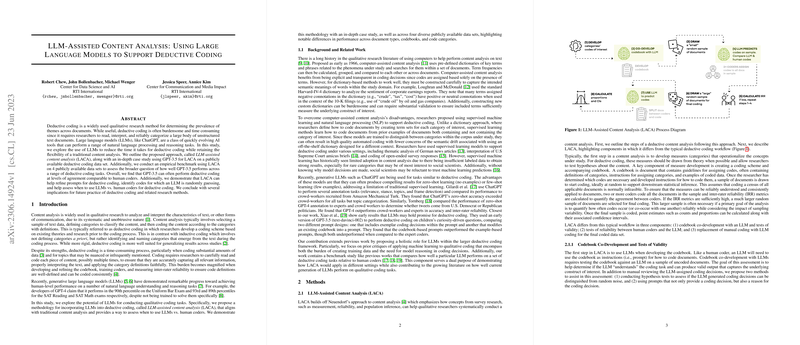Introduction
The first section of this paper introduces the overarching theme and sets the stage for a more detailed discussion to follow. It highlights the necessity for understanding the interplay of components within a given system, particularly emphasizing the place of individual elements, their collective interaction, and the resultant overall behavior of the system. This foundational perspective is critical for comprehending the subsequent sections, which explore the structure and dynamics of complex systems.
Structural Details of the Paper
In the section titled "Headings: first level," the paper presents a hierarchical organization of content, using a top-down approach to break down complex concepts into manageable pieces. The second-level headings allow for a more granular exploration of topics, facilitating a focused examination of specific aspects without losing sight of the larger context. Further subsections, as indicated by third-level headings, provide a platform to delve into even more detailed facets, ensuring that the reader can follow the logical flow and interconnectivity of the ideas presented.
Mathematical Formulation
Part of the paper includes a mathematical representation embedded within the discussions, epitomized by an equation that models a specific scenario within the domain being explored. This equation depicts the relationship between various variables and parameters, capturing the essence of the dynamical processes and interactions. Its inclusion demonstrates the paper's commitment to providing a rigorous, quantitative framework for the theoretical concepts being addressed. This analytical approach is essential for advancing knowledge in fields where complexity and precision are paramount.
Citations and References
The paper acknowledges the contributions of other works to the subject at hand, providing examples of citations and referencing styles used throughout academic literature. By doing this, the authors position their research within the broader discourse, acknowledging the interconnected web of scholarship that provides the foundation for their work. References to additional materials, figures, and tables are seamlessly integrated, illustrating how the research draws upon and contributes to the wider body of knowledge on the topic.
In bridging the initial introduction of high-level concepts with the intricate details that follow, the authors of this paper have managed to create a structured and comprehensive treatise on their subject. Through careful organization and precise mathematical formulation, they guide the reader on an enlightening journey into their field of paper.
